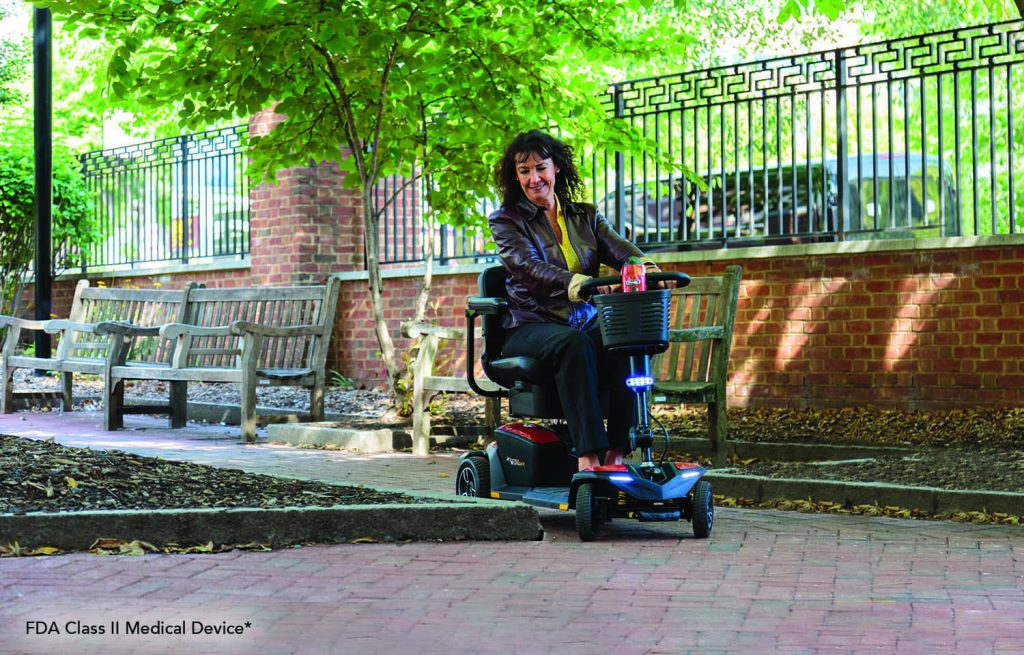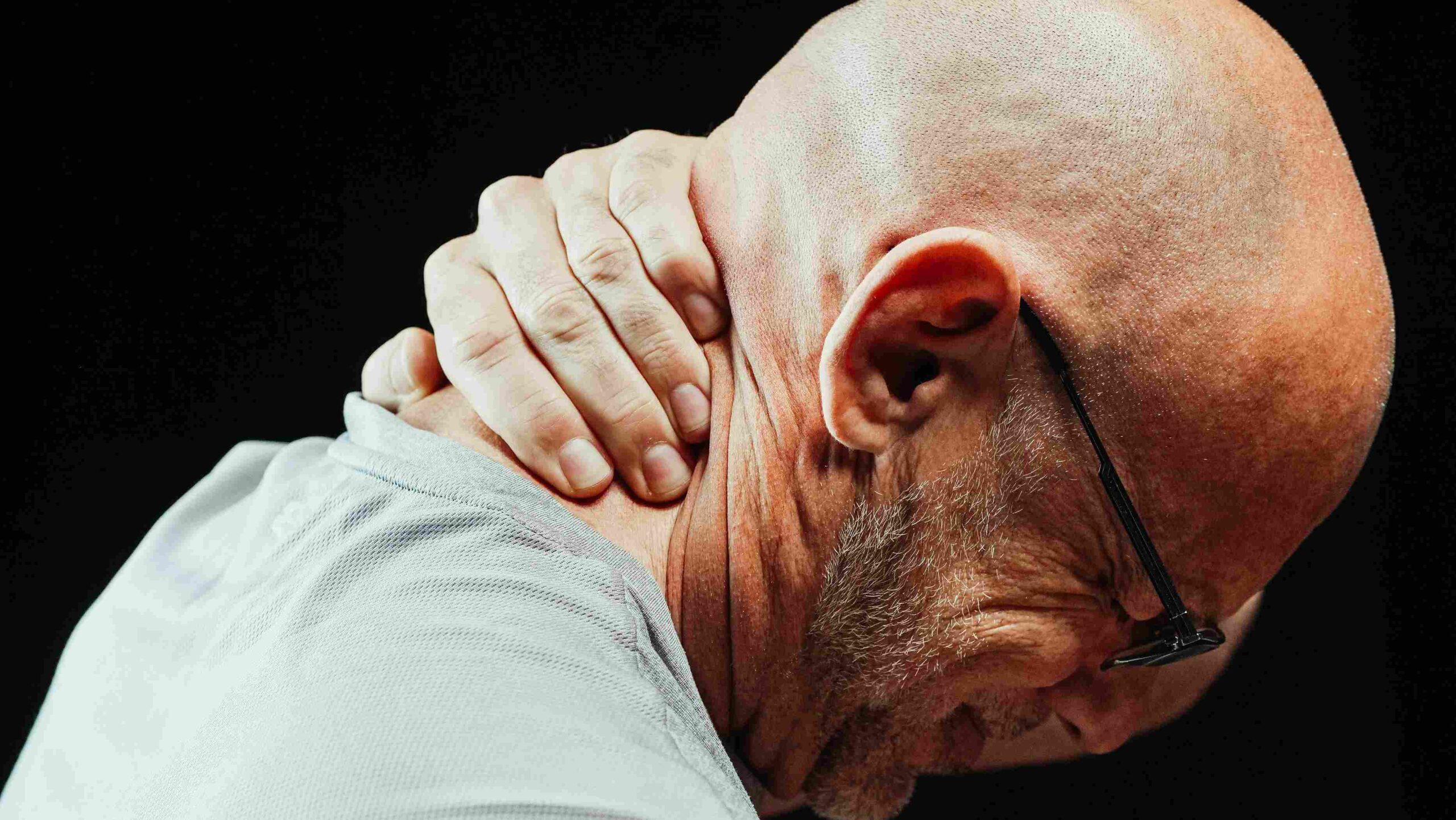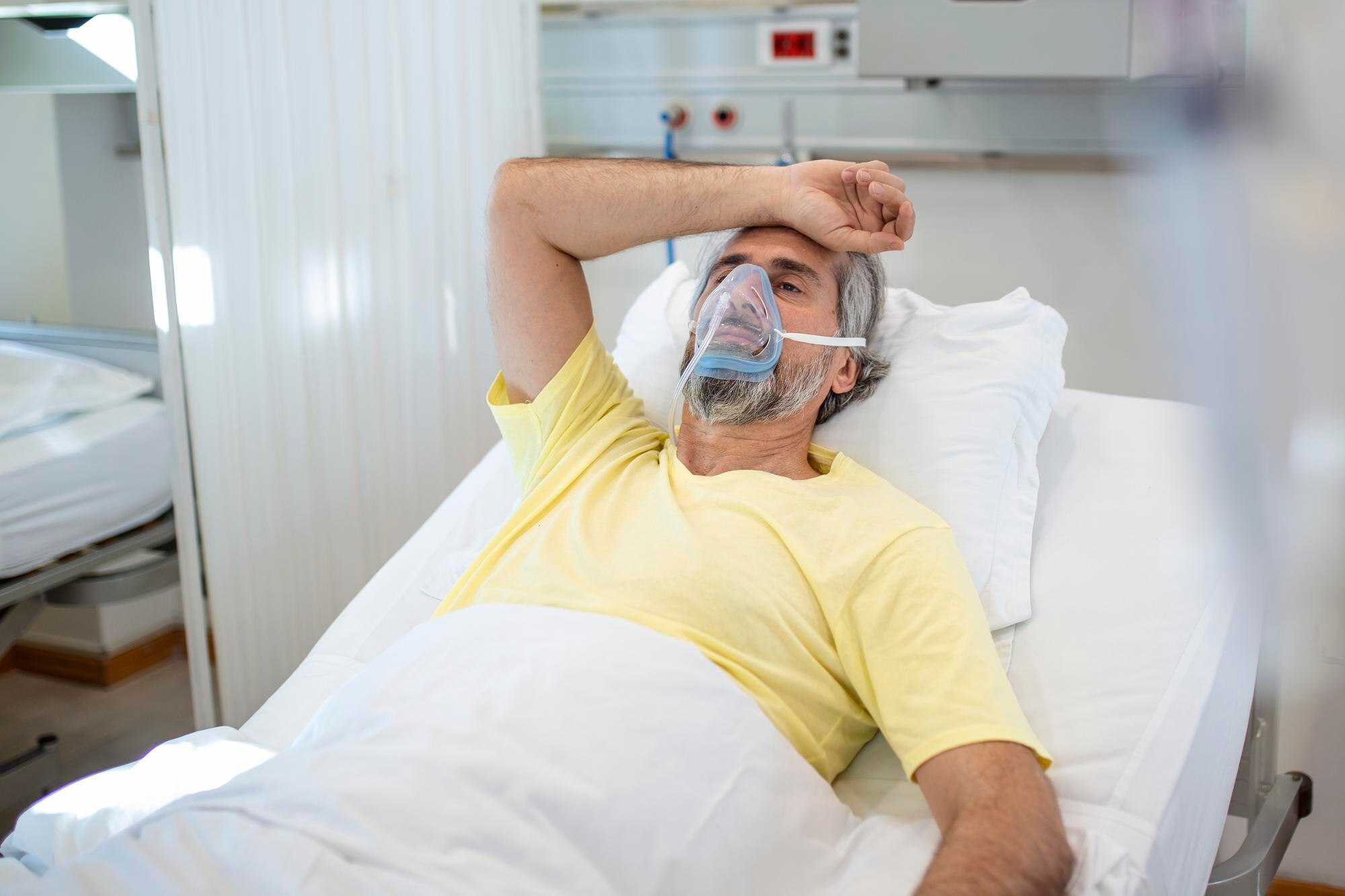For many individuals who rely on medical equipment like oxygen concentrators, wheelchairs, or CPAP devices, using them in public can feel intimidating. The fear of being stared at, judged, or pitied can lead to anxiety and even hesitation to participate in social activities.
I’ve used medical equipment for years to manage my chronic respiratory condition, and I understand how overwhelming it can feel to step into public spaces while using these devices. Over time, I’ve learned strategies to overcome this stigma and embrace life more confidently. In this article, I’ll share my experiences and practical tips to help you navigate public spaces with pride and assurance.
Understanding the Stigma
The stigma surrounding medical equipment often stems from misconceptions or a lack of awareness. Many people view medical devices as symbols of weakness or disability rather than tools of empowerment. This perception can lead to:
- Unwanted Attention: Stares or questions from strangers.
- Feelings of Vulnerability: A sense of being “different” or defined by your equipment.
- Social Withdrawal: Avoiding public outings to escape potential judgment.
While these reactions are natural, it’s important
1. Shift Your Mindset
One of the most effective ways to overcome stigma is to change how you view your medical equipment.
What Helped Me:
- Focus on the Benefits: Instead of seeing my oxygen concentrator as a limitation, I reframed it as a tool that lets me breathe easier and enjoy life.
- Practice Gratitude: I reminded myself that having access to medical technology is a privilege that improves my quality of life.
- Embrace Your Strength: Using medical equipment means you’re taking control of your health—it’s a sign of resilience, not weakness.
2. Prepare for Public Outings
Planning ahead can help you feel more confident and in control when using your equipment in public.
Tips for Preparation:
- Check Your Equipment: Ensure everything is functioning properly before leaving home.
- Bring Essentials: Pack spare batteries, tubing, or any necessary accessories in case of emergencies.
- Choose Comfortable Settings: Start with familiar, less crowded places to build confidence.
Practice Responses to Questions:
If someone asks about your device, have a simple response ready, such as:
- “This helps me stay healthy and active.”
- “It’s medical equipment I need for breathing.”
3. Normalize Medical Equipment in Your Life
The more you integrate your equipment into daily routines, the less self-conscious you’ll feel about using it in public.
What Worked for Me:
- Use It at Home First: Getting comfortable with my equipment in private helped ease the transition to using it in public.
- Wear It Proudly: I stopped trying to hide my oxygen tubing and embraced it as a part of who I am.
4. Find a Support System
You’re not alone—millions of people use medical equipment every day. Connecting with others who share similar experiences can provide encouragement and reduce feelings of isolation.
Ways to Connect:
- Support Groups: Join local or online communities for individuals who use similar equipment.
- Family and Friends: Share your concerns with loved ones—they can provide reassurance and accompany you on outings.
- Advocacy Groups: Organizations like the American Lung Association or the Muscular Dystrophy Association offer resources and support.
5. Educate and Empower Others
Sometimes, people’s reactions to medical equipment come from curiosity or lack of understanding. Use these moments as opportunities to educate and reduce stigma.
How to Educate:
- Answer Questions Calmly: Explain what your device does and how it helps you.
- Advocate for Accessibility: Speak up about the importance of inclusive spaces for medical equipment users.
- Be a Role Model: By confidently using your equipment, you inspire others to embrace their own medical needs.
6. Ignore Negative Reactions
Not everyone will understand your situation, and that’s okay. Focus on the people and activities that bring you joy, and let go of unnecessary judgment.
How to Handle Stares or Comments:
- Stay Composed: A smile or polite nod can diffuse awkward situations.
- Redirect Attention: Shift the conversation to a positive topic or walk away if necessary.
- Remember Your Worth: Your health and well-being are far more important than the opinions of strangers.
7. Celebrate Small Victories
Every step you take toward overcoming stigma is worth celebrating. Whether it’s using your equipment at a family gathering or taking it on a vacation, acknowledge your progress and growth.
What Helped Me:
- Journaling: Writing about my experiences helped me track milestones and reflect on my journey.
- Positive Affirmations: I reminded myself daily that my equipment is a tool for empowerment.
FAQs
1. How do I build confidence using medical equipment in public?
Start by using your equipment in familiar settings and gradually expand to new environments. Practice positive self-talk and focus on the benefits of your device.
2. What should I do if someone stares or makes a rude comment?
Stay calm and remind yourself that their reaction says more about them than it does about you. A polite response or ignoring the behavior are both valid options.
3. How can I educate others about my medical equipment?
Explain its purpose in simple terms and emphasize how it improves your quality of life. Sharing your story can help reduce misconceptions.
4. Are there organizations that support people with medical equipment?
Yes! Groups like the American Lung Association, United Spinal Association, and Diabetes Hands Foundation offer resources, advocacy, and community support.
5. Can I travel with my medical equipment?
Absolutely. Many types of equipment, such as portable oxygen concentrators and CPAP machines, are designed for travel. Check with airlines and transportation services for specific guidelines.
Conclusion: Embracing Your Journey
Using medical equipment in public isn’t a sign of weakness—it’s a testament to your resilience and commitment to your health. Overcoming stigma takes time, but with confidence, preparation, and support, you can navigate public spaces with pride.
Remember, your equipment is a tool that empowers you to live your life to the fullest. By embracing it as part of your journey, you can inspire others and help create a more understanding and inclusive world.






